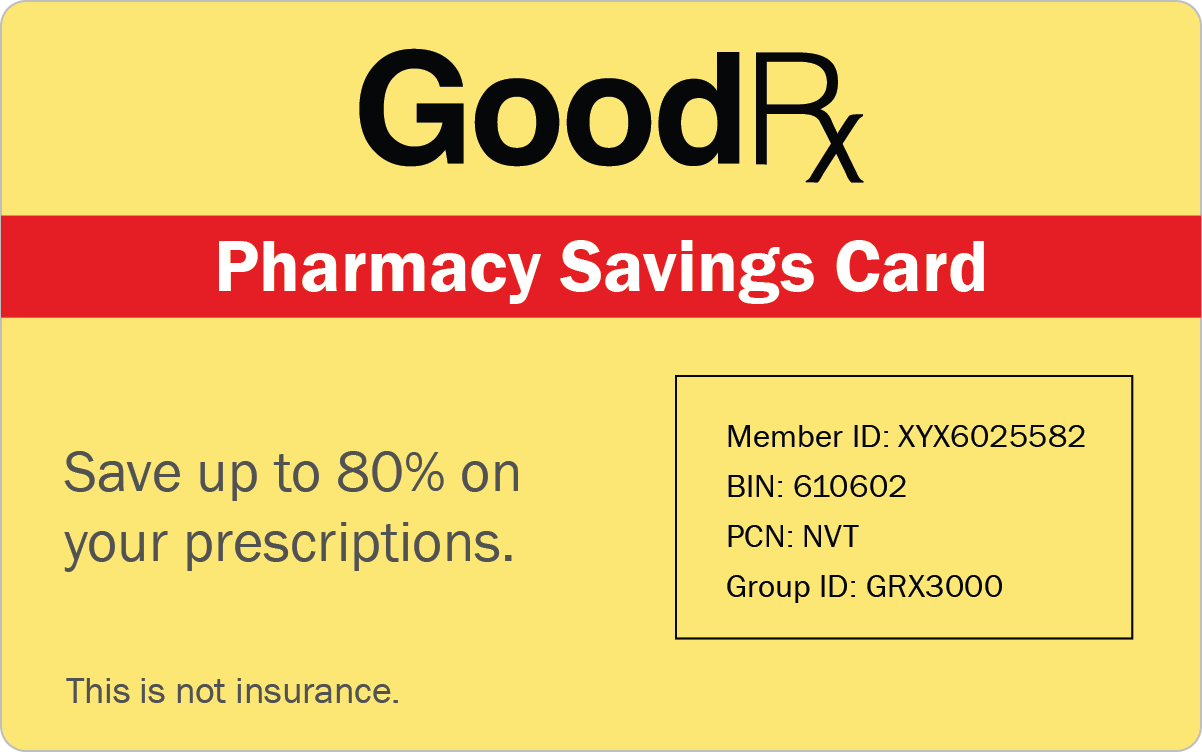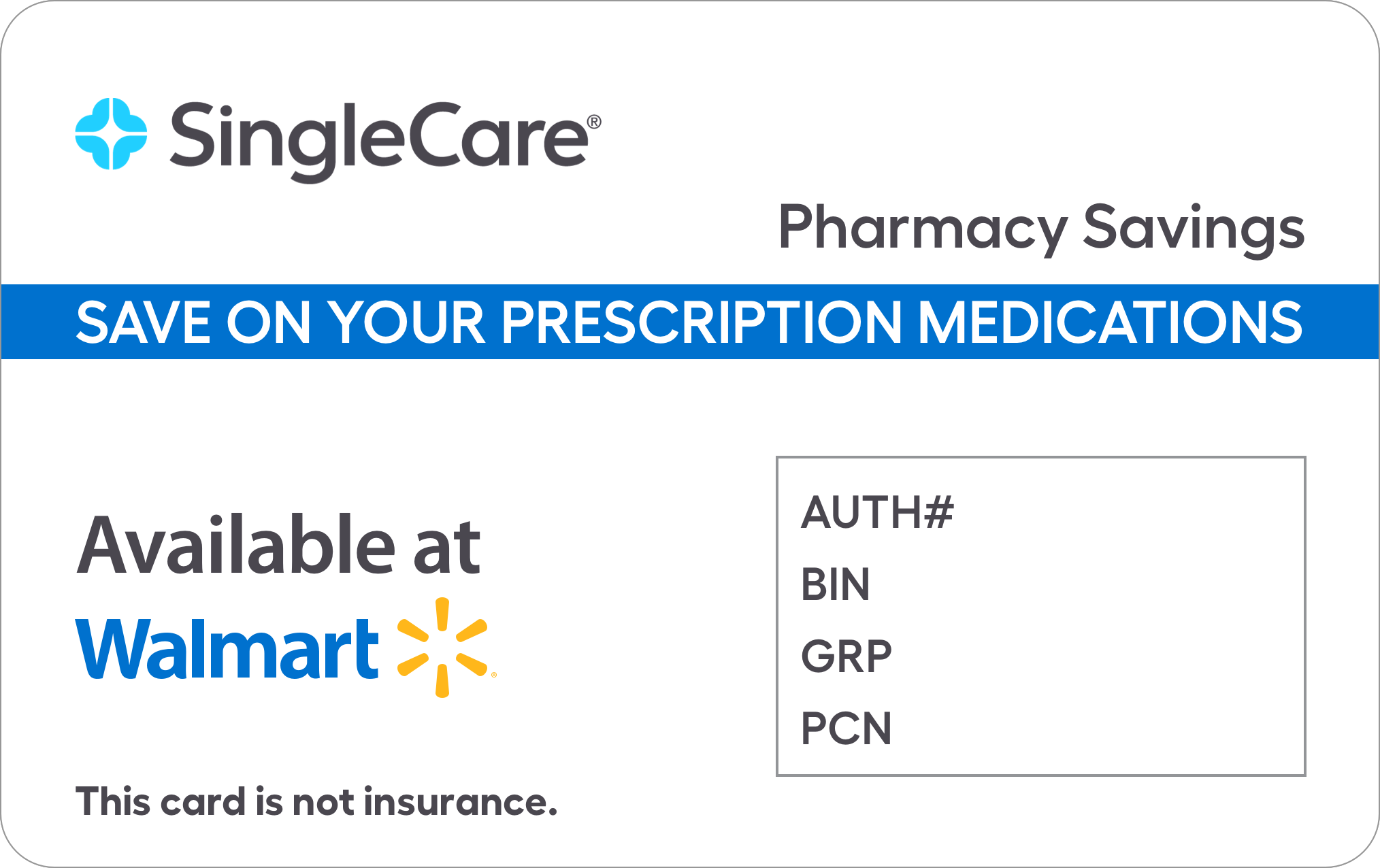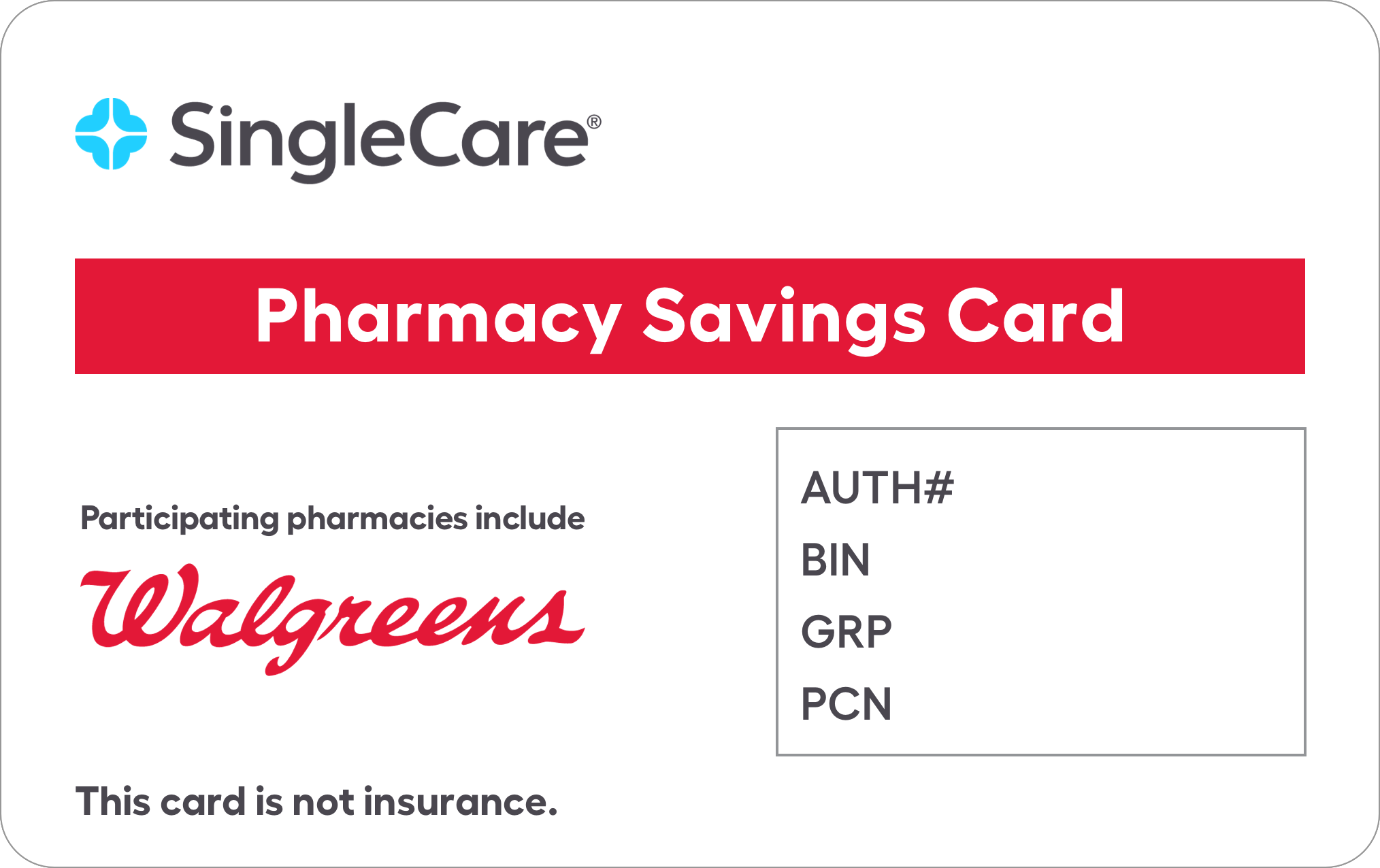Stroke Information & Discounts
Save on Stroke medications with the free discounts below.
A stroke is a life-altering event. It occurs when the normal blood flow to the brain is disrupted in some way so that the affected areas can no longer function. Strokes require immediate medical attention so the blood flow can be reinitialized into the brain. After a stroke, often involves the administration of antiplatelet drugs over extended periods so that the stroke does not reoccur. Additionally, patients that are recognized to be at high risk of stroke can receive a variety of medications to aid in stroke prevention. At any stage or this process, you can save up to 93% on the costly stroke medication with our coupons available for print, email, or mobile device or by using our prescription discount card. For more information about strokes, read below or start saving instantly by clicking on the link below.
Related Stroke Drug Discounts
Search our Discount Database for 50,000+ Other Rx Discounts
browse drugs (A-Z):
Stroke Information & Discounts
What is a stroke?
A stroke is the disruption of blood flow to the brain causing that area of the brain to be unable to function. This can occur because a blockage stops blood from entering that area of the brain or because a hemorrhage causes too much blood in an area. Both cases can be treated by medical professionals if caught in time, and in both causes, steps can be taken to prevent and treat strokes. During a stroke, immediate medical attention is required because the longer the blood flow is disrupted, the more damage is caused and the more likely it is that the damage is permanent.
How can I manage a stroke?
Reduce Likelihood of Stroke
If a patient is diagnosed as at high risk for a stroke, there are a variety of steps that can be taken to help in stroke prevention. The most common risk factors are high blood pressure and atrial fibrillation, though high cholesterol levels can also be a warning sign. Medication that can lower blood pressure can help reduce your risk. Blood thinners and anticoagulation drugs can also lower the risk of a clot.
Managing a Stroke
After a stroke occurs, there are often long-term effects that must be managed. Commonly, physical therapy, occupational therapy, speech therapy, or swallowing therapy will be required to recover fully. It is also important to follow a regimen to lower the risk factors for a reoccurring stroke. One in four people who have a first stroke will have a second stroke within their lifetime. Lowering blood pressure and reducing cholesterol are both important steps in recovering after a stroke. Stroke treatment should include both lifestyle changes and medicines that will prevent strokes in the future.
What are the different types of medications for stroke?
Blood Thinners
Blood thinners are used to lower the likelihood of a blood clot in patients with high blood pressure or high cholesterol. Anticoagulants are a type of blood thinner that slow the amount of time it takes for a blood clot to form. This extends the period in which medical help can be effectively administered. Antiplatelets make it harder for blood cells to form a clot. Each reduce the likelihood of a stroke and are a common form of stroke prevention.
Blood Pressure Reducers
High blood pressure can be a cause of stroke, so medications that are prescribed to treat high blood pressure can also reduce the likelihood of a stroke. Beta blockers, calcium channel blockers, and diuretics can all be used to reduce the likelihood of a stroke occurring or reoccurring.
What are the symptoms of a Stroke?
The symptoms of a stroke vary depending on the region of the brain that is affected. Any unusual activity such as slurred speech, lack of balance, or incomplete muscle control can indicate a stroke. There could also be signs of mental distress such as a loss of time or confusion or even changes in the senses. Any suspicion that a stroke is underway requires immediate medical attention.
Stroke Drug Information
Warfarin Information
Warfarin is an anticoagulant that is used in stroke prevention. It inhibits clot formation, lessening the likelihood of blood clot and stroke. It does not reduce the size of any currently formed clots, and it tends to interact with a variety of other medication, so be sure to discuss with your doctor what other medications you are taking as well as what your daily diet is.
Clopidogrel Information
Clopidogrel is an anti-platelet drug that is used as a form of stroke prevention. It is often prescribed as an alternative to aspirin because it creates fewer stomach problems. It is an effective stroke treatment immediately following a stroke to reduce the likelihood of reoccurrence.
Aspirin with Codeine Information
Aspirin and codeine is a combination of two common painkillers: an opioid or narcotic -- codeine, and a salicylate medication, aspirin. Aspirin is often used as a blood thinner to prevent clotting and to reduce the likelihood of heart attack or stroke. Although it is a mild painkiller, it can result in side effects, especially when taken daily. Stomach problems are common, and aspirin can intensify the risk of bleeding and ulcers. Codeine is often used to treat moderate to severe pain and is intensified when combined with aspirin. Side effects from taking codeine include drowsiness, fatigue, constipation, nausea, and dry mouth. Aspirin and codeine may interact with many other drugs. Talk to your doctor before starting daily aspirin/codeine treatment. Claim your discount for aspirin with codeine coupons to use in your local pharmacy and get up to 41% off the retail price.
Our cardholders have saved
$1,000,000,000






















